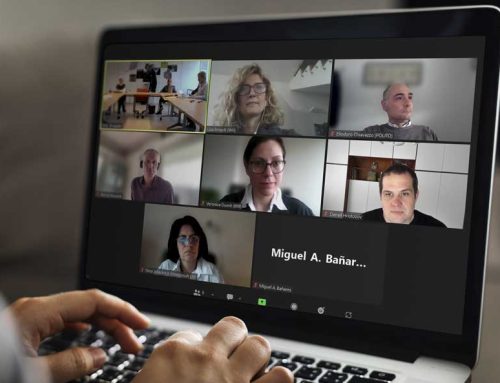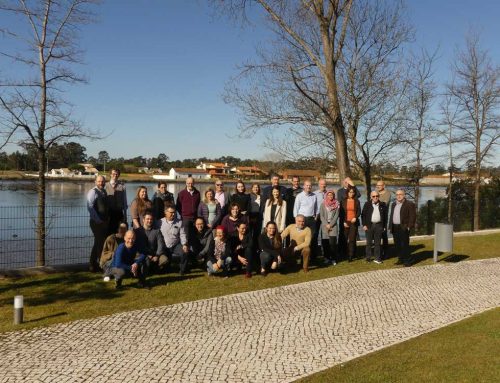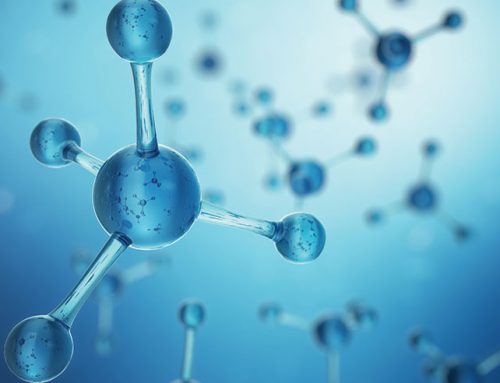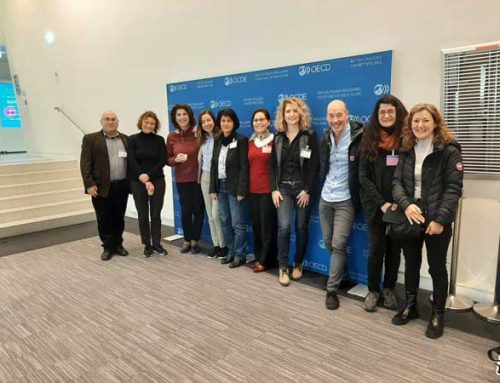21 November 2019
On Thursday 21st November 2019, Prof. Pietro Asinari from Politecnico di Torino (https://www.polito.it/small) presented a webinar for an ad hoc group of researchers interested in Nanoinformatics: they met virtually at 5pm CET via the Nanotechnology Working Group. The National Cancer Institute (NCI) Nanotechnology Working Group (Nano WG) was established in 2008 for researchers with a specific interest in informatics and computational approaches to nanotechnology, with a particular emphasis on nanomedicine. The goal of this working group is to demonstrate the scientific potential of federating nanotechnology databases through pilot projects aimed at integrated semantic search and retrieval of nanomedicine and nanotoxicology datasets that are applicable across nanoscience. The NCI Nano WG comprises over 20 active participants from academia, government and industry with diverse interests. Every week, the NCI Nano WG organizes a webinar to share a particular knowledge in the Nanotechology field.
Here is the link to the NCIP Hub website https://nciphub.org/groups/nanowg.
The presentation taken by Pietro Asinari was entitled “The Role of Materials Modeling in Nanosafety Assessment.”
In this presentation, Prof. Asinari explained that in the NanoInformaTIX project, we aim to develop and implement multiscale, bottom up methods to assess (eco-)toxicity of Engineered Nanomaterials (ENM) design and model advanced descriptors and implement a Safe-by-Design approach. The relationships between the basic ENM descriptors and the interactions and their outcomes are often non-trivial and depend on the exact history of the ENM distribution in the corresponding medium, including the timeline and the sequence of events. Hence materials modelling may benefit the understanding and rationalization of (eco-)toxicity. Specifically, we will use quantum chemical and atomistic Molecular Dynamics (MD) simulations to describe the ENM structure and surface properties, such as hydration energy and interaction with building elements of biomolecules, and to parameterise the mesoscopic models. The interaction with building elements of biomolecules will require to extend the classical Derjaguin-Landau-Verwey-Overbeek (DLVO) theory, in order to take into account the discrete effects of water and hence to overcome the limits of the continuum theory. In particular, the quantum and atomistic simulations will allow us to compute the Potentials of Mean Force (PMF) of ENM systematically. Moreover, the role of electrolytes will be revealed in order to mimic realistic conditions in the organism or environmental fluids. Then, the PMFs will be used in mesoscopic (coarse-grained) MD simulations to study the aggregation kinetics of the ENM in aqueous solution, in particular the complexation with biomolecules (e.g. produce aggregation rates). Finally, continuum/mean field models will be used to evaluate integral properties of the materials and the medium, such as surface charge. The material modeling outcomes, and the resulting models for exposure-dose and dose-response, will enable the development of reverse engineering tools towards safe-by-design nanomaterials.






Leave A Comment